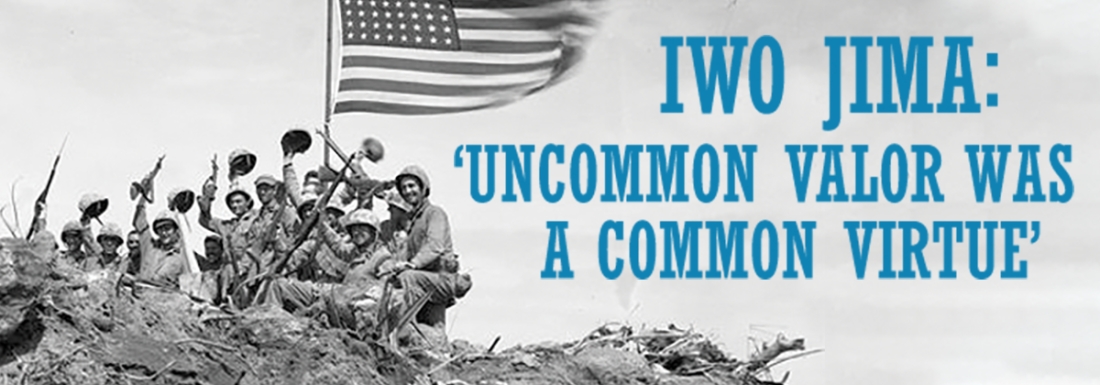All Library locations will be closing early Wednesday, November 26 at 5 p.m. and will reopen Saturday, November 29.
As the first of 70,000 U.S. Marines swept onto Iwo Jima on February 19, 1945, victory was all but certain. The Americans had an overwhelming numerical advantage and aerial superiority, isolating the island and preventing Japanese retreat and the arrival of reinforcements. But the dug-in enemy fought ferociously, and the fighting lasted 36 of the bloodiest days of World War II.
Military historian John Curatola of the U.S. Army Command and General Staff College looks back at the amphibious assault, its importance to the Allies’ Pacific strategy, and the lasting legacy of the battle—best remembered for the iconic photo of Marines raising the U.S. flag on Mount Suribachi. It also demonstrated that the Japanese would defend their lands at all costs, influencing the decision to bomb Hiroshima and Nagasaki later in the year.
